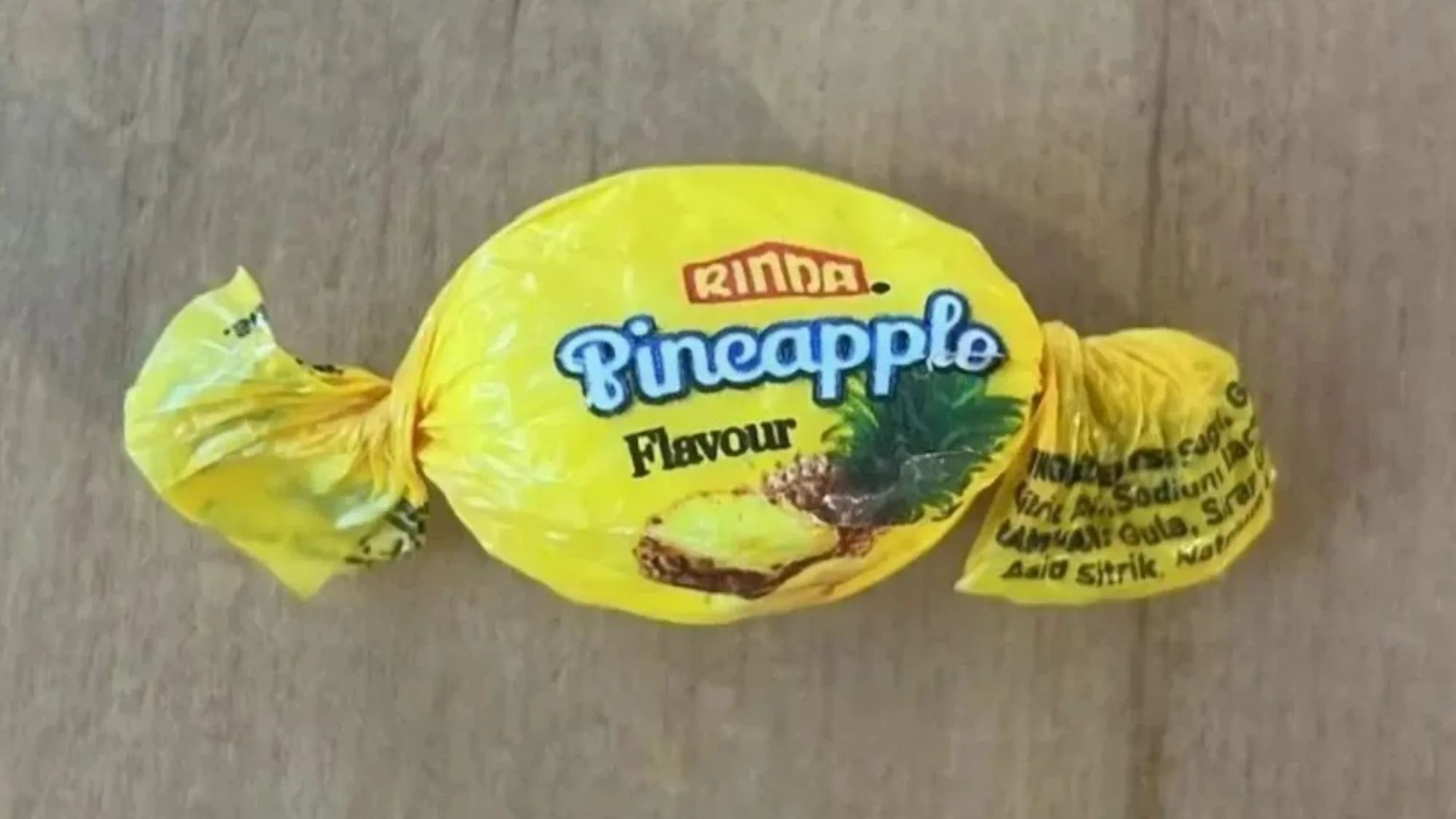EIGHT families in New Zealand have eaten sweets from a food bank that were laced with a “potentially lethal” dose of methamphetamine.
Police are now racing to trace the sweets that were delivered to as many as 400 people by Auckland City Mission.

2

2
The anti-poverty charity said the pineapple-flavoured candies were wrapped in Rinda brand labelling and donated anonymously by a member of the public in a sealed retail package.
The sweets were then distributed into food parcels.
Each sweet contained 300 times the dose of methamphetamine, or meth, normally taken for one “hit” by drug users.
Police said it was “a bit early to say” whether the incident was accidental or a targeted drug operation.
Read more on street drugs
So far, they have recovered 29 sweets from members of the public, according to a recent statement on New Zealand Police’s website.
The charity alerted the authorities on Tuesday after being told by a customer about some “funny tasting” sweets.
Helen Robinson, chief executive of Auckland City Mission, said at least eight families, but no one had yet been hospitalised.
She also knew of an instance where a parent gave one of the candies to her child, who immediately spat it out.
Some of the charity’s staff members then tried the sweets and began to “feel funny” after reporting an “acrid and revolting” taste, she said.
That was because it was actually 3g of the highly addictive drug, tests by the NZ Drug Foundation later revealed.
According to the National Institute on Drug Abuse (NIDA), a common dose methamphetamine users take is between 10 to 25mg.
This means the contained sweet contained up to 300 doses.
“Swallowing that much methamphetamine is extremely dangerous and could result in death,” executive director Sarah Helm said in a statement.
Auckland City Mission distributes around 50,000 food parcels each year, Helen said, and only accepts commercially manufactured food for inclusion.
“To say we are devastated is an understatement,” Helen said.
“It has been deeply distressing for us and for anyone who may have been a recipient of those [sweets],” she added.
Rinda, the Malaysian candy manufacturer, said it had learned about the contaminated sweets through news reports and would cooperate with the investigation.
“We want to make it clear that Rinda Food Industries does not use or condone the use of any illegal drugs in our products,” General Manager Steven Teh said in a statement.
An investigation is underway and police are treating the matter as a “priority given the risk to the public,” the police have said.
In the meantime, the NZ Drug Foundation warned consumers to avoid Rinda brand pineapple candies.
“We don’t know how widespread these contaminated lollies are,” Sara said, “so we recommend not eating any Rinda brand pineapple lollies if you have them.”
Methamphetamine: What is it and what are the risks?
Methamphetamine is a powerful, highly addictive stimulant that affects the central nervous system.
The speedy high is similar to cocaine, but unlike cocaine, the effects of this drug can last for up to 12 hours, depending on how it’s used.
Symptoms might include:
- Chest pain
- A racing heart
- Seizures
- Hyperthermia
- Delirium
- Loss of consciousness
It increases people’s heart rate and blood pressure which can in some cases cause a heart attack or stroke.
Long-term use can damage the parts of your brain.
This can cause memory loss, trouble thinking, depression, shaking and problems with coordination.
It can also lead to psychosis which might make you see and hear things that aren’t there.
You may think that people are after you or that bugs are crawling under your skin.
This may go on for months or years after you stop using.
The drug also takes away appetite which can leave some people so thin and weak that their bodies have trouble fighting off infections.
It takes the form of a white, odourless, bitter-tasting crystalline powder that easily dissolves in water or alcohol.
Source: Talk to Frank and the Centre for Addiction and Mental Health




